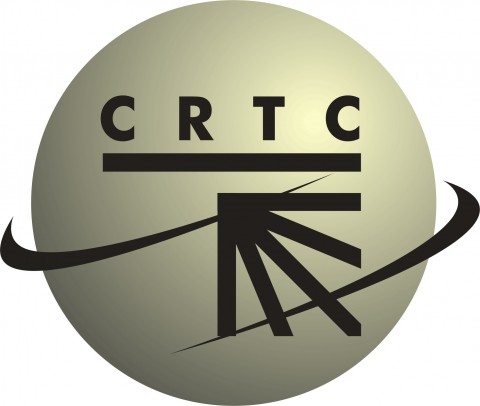
OTTAWA – The CRTC has issued determinations to resolve a billing dispute between Bell Aliant and Eastlink over payments for service poles.
The Commission clarified that a “service pole” is to include all poles on which the only attachment is a wire that provides service to a particular customer. It also found that an error rate should not be applied to the pole census results in Nova Scotia and Prince Edward Island, and that Eastlink should be required to pay census fee charges but not late payment charges where there is a valid dispute.
The Commission further determined that, where there are multiple poles between the main line and the customer’s premises and the only third-party attachment on those poles is a drop wire used to serve that customer premises, all poles between the main line and the customer’s premises are service poles, not just the last pole. In order to address the discrepancy between the appropriate interpretation of the term “service pole” and the definition of “subscriber drop wire” as set out in Bell Aliant’s Tariff, Bell Aliant was directed to revise its Tariff definition of “subscriber drop wire.”
Noting that other incumbent local exchange carriers (ILECs) who were not parties to that proceeding have the same definition of subscriber drop wire in their respective support structure service tariffs, the Commission also initiated a proceeding directing all ILECs that have support structure service tariffs to show cause why they should not be required to revise the definition of “subscriber drop wire” in their respective tariffs to reflect the Commission’s findings.
Submissions are due by January 8, and interested persons wishing to become parties to this proceeding must file an intervention with the CRTC by January 23, 2015.